Causes of plant chlorosis and methods of its treatment
Chlorosis is a fairly common disease that every summer resident has encountered at least once on his site. Indoor plants are also not spared this problem: chlorosis of gardenia, palm, ficus, anthurium, orchid, lemon is often found.
The disease is characterized by a violation of the process of chlorophyll formation in plant leaves. As a result, in the interveinal space, the leaf plate becomes yellow. The veins themselves remain green. The disease can be successfully treated, but it will take some time to get a positive result.
What contributes to the onset of the disease?
The disease is often caused by a combination of reasons, as a result of which plant tissues are severely iron deficient.
The development of chlorosis is influenced by the following factors:
- depleted soil, which lacks a number of important trace elements;
- viral, bacterial and fungal diseases;
- root damage and other problems with the root system;
- genetic predisposition.
Full treatment should begin with the elimination of errors in agricultural technology. The introduction of micro- and macroelements is only part of a comprehensive solution to the problem.
Symptoms and types of chlorosis
The disease is manifested not only by yellowing of the leaves. Young shoots stop developing and soon dry out. The buds are deformed and their color changes. New leaves become smaller, their edges curl. The roots start to work poorly.
There are different types of leaf chlorosis, provoked by a lack of elements. Differences can be recognized by external signs:
- Iron chlorosis. It is the most common type of disease caused by iron deficiency in the soil or the inability to assimilate it. The disease begins with young shoots. A characteristic feature is the yellowing of the leaf tissue with the preservation of the green pigment on the veins. It appears more often on calcareous soil.
- Magnesium chlorosis caused by magnesium deficiency. Magnesium starvation is often caused by sandy soil. Symptoms resemble iron chlorosis, but begin to appear first on mature leaves. In the early days, the disease can be confused with a mosaic, since the leaf plate does not turn yellow evenly, but in parts, starting from the edge. It happens that the yellowness takes on a reddish tint.
- Sulfur chlorosis characterized by the fact that with it, on the contrary, yellowing begins with the veins. Then the leaf plate itself brightens. The disease is caused by a lack of sulfur.
- Calcium chlorosis provokes growth retardation and leads to the fall of buds, flowers and ovaries. If the disease has struck tomatoes, apical rot of the fruit joins the symptoms.
- Nitrogen chlorosis differs in that, first of all, the veins on the old lower leaves are discolored. Then the pigment completely disappears from the leaf tissue. The plant dries and sheds the lower leaves. The disease is associated with the use of acidic soil or undecomposed manure. Excessive ash feeding can be another reason.
- Zinc chlorosis. The disease often manifests itself in the spring. The first symptom is the appearance of many small yellow spots appearing on the leaves from the lower tier. An excess of nitrogen in the earth, which interferes with the normal absorption of zinc, can cause a similar problem.
The tendency to chlorosis in all plants is different and depends on the specific culture. Among garden plants, hydrangeas, petunias, and grapes often get sick with them. Often, signs of the disease appear on strawberry plantings.Juvenile (early) chlorosis can occur on tomato seedlings.
Tomatoes can be sore for a variety of reasons:
- due to gene mutation transmitted through seeds;
- due to content in soil with inappropriate pH or in a tight container;
- due to damage to the roots when diving.
Preventive measures
The disease will not develop if flowers and vegetables are properly cared for. You need to take care of the plants at the planting stage. In the future, it is necessary to strictly observe agricultural techniques.
By the nature of the occurrence, chlorosis is divided into two types:
- infectious;
- non-infectious.
To avoid infections, you should use only a sterile tool, disinfect seeds and soil before planting. Additionally, the soil is spilled with a solution of a biological fungicide. Preparations of this group are also used for preventive treatment of plants.
The non-infectious form of the disease is associated with a lack of a specific element in the soil. Newbies don't always have the ability to pinpoint exactly what a culture might be missing. In this case, it is better to use a complex mineral fertilizer for feeding, which contains all the substances necessary for plants. These can be Uniflor Micro and Zdraven complexes.
Before working with plants, pruning shears, hacksaws, garden shears and other tools are wiped with a cloth dipped in alcohol. If this is not possible, you can simply ignite the inventory that will be used on the fire.
On the eve of planting, it is better to check the acidity of the soil using litmus paper. In highly alkaline soil, the risk of chlorosis increases many times.
To prevent alkalization, the ground is periodically watered with slightly acidified water. You can make the water acidic with a small amount of citric acid crystals (for 1 liter of water, it is enough to put lemon on the tip of a teaspoon).
What drugs should I use?
If chlorosis has already begun to manifest itself, prevention will not help. You need to start treatment immediately. As an ambulance, iron chelate is introduced into the soil. This compound is well absorbed by plants and quickly brings them into proper form.
The following preparations contain chelated iron:
- "Antichlorosin";
- "Brexil-Fe";
- Ferrilene;
- Agricola;
- "Antichlorosis";
- "Micro-Fe".
Treatment can be carried out by spraying or watering at the root.
- With foliar application, the drug will be absorbed much faster. Within a day, iron chelate penetrates into plant tissues and begins to restore their structure.
- When watering with a solution of the drug, the effect appears only on the third day.
The fight against non-infectious chlorosis is carried out with the use of additional dressings that eliminate the deficiency of the necessary substance:
- with a lack of magnesium, potassium magnesium, dolomite flour, magnesium sulfate are introduced into the soil;
- ammonium nitrate and ammonium sulfate are usually used to replenish nitrogen;
- the lack of calcium is compensated by the introduction of calcium nitrate, the drug "Vuksal Calcium".
- sulfur and zinc are part of complex fertilizers containing a whole range of micro- and macroelements.
All preparations are used strictly in the dosage indicated on the package: do not exceed the dose of chelated iron in the hope of accelerated plant recovery. An excess of the element negatively affects the absorption of phosphorus and manganese by plants.
Additional treatments
From folk remedies, wood ash is most often used. The solution is prepared from 1 tbsp. l. ash powder per 1 liter of water. The composition should be infused for several hours, then it is used for watering.
Ash obtained by burning household waste is not suitable as fertilizer.
Some people use rusty nails in the old-fashioned way. They are used in an amount of several pieces, sticking the head up near diseased plants.The presence of rust on the nail is a prerequisite for using this method, which is more often used at home for nursing indoor flowers.
You can make a composition with easily digestible iron yourself. This will require 2.5 g of ferrous sulfate and 1/2 tsp. citric acid per 1 liter of water. The components are thoroughly mixed. The result is an orange liquid that can be sprayed and watered on chlorotic plants.
The drug Ferovit has proven itself well in eliminating iron deficiency. He not only heals plants suffering from chlorosis, but also increases the immunity of vegetables, berries and ornamental crops. Simultaneous use of the Zircon stimulator will enhance its effect. Ferovit also helps to increase yields. It is served by spraying, previously dissolved in soft (can be used after boiling or freezing) water.
Chlorosis belongs to the category of those problems that are easier to prevent than then to restore the health and normal appearance of plants. When all agrotechnical measures are carried out, the disease will not occur. If yellowness does appear on the leaves, it is better not to delay with treatment.
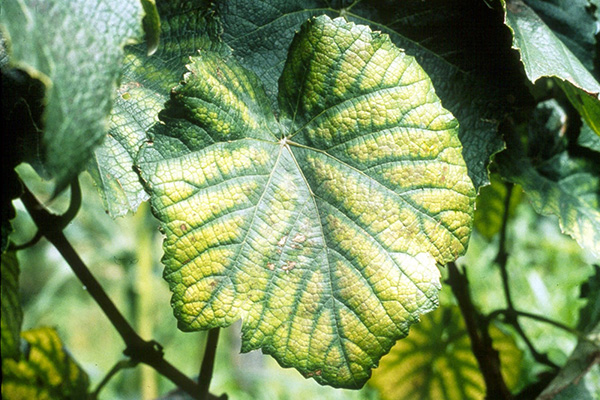
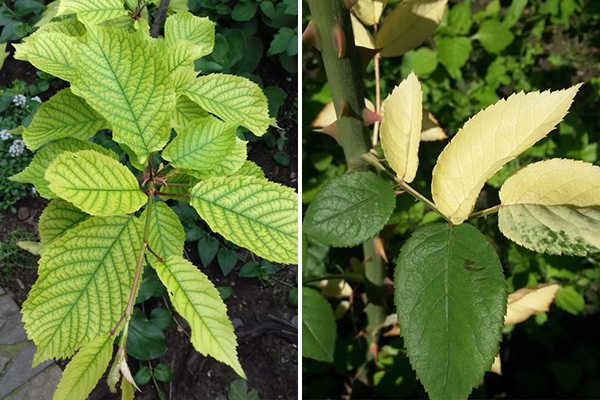
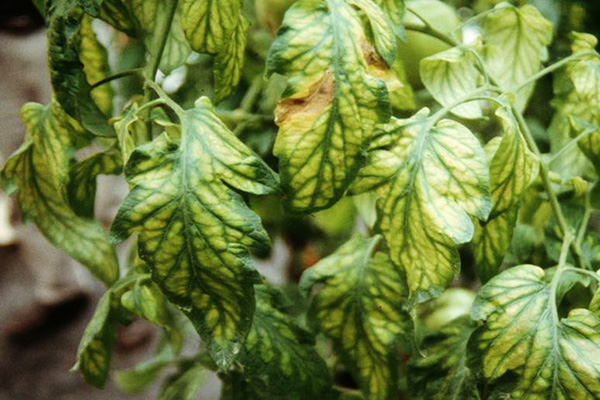
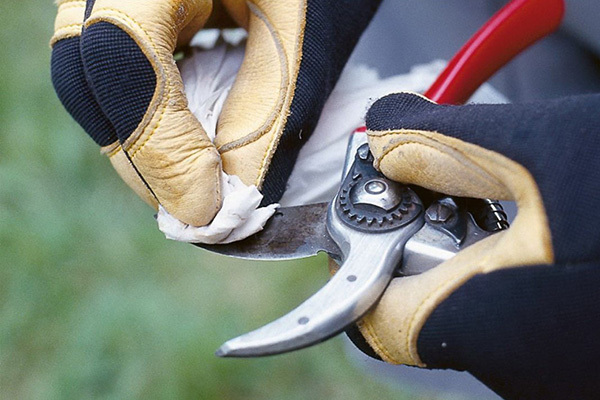
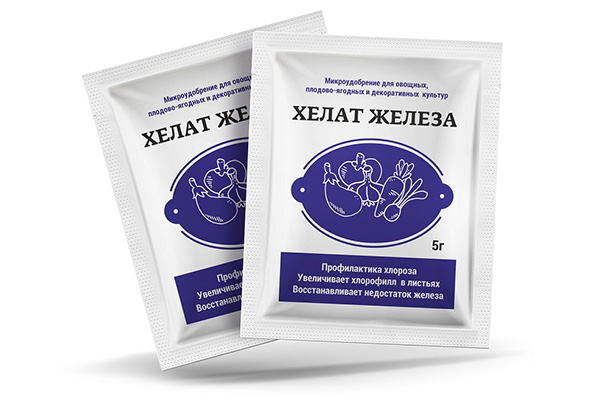
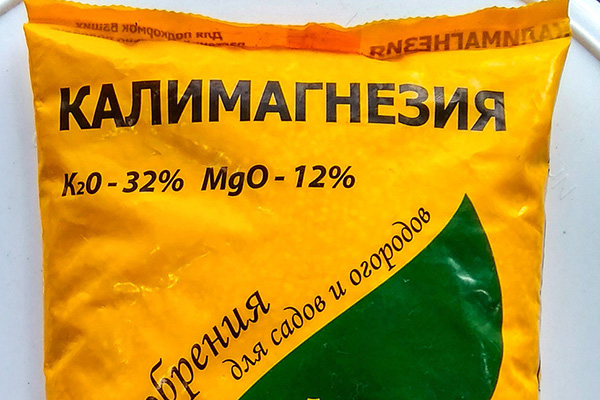
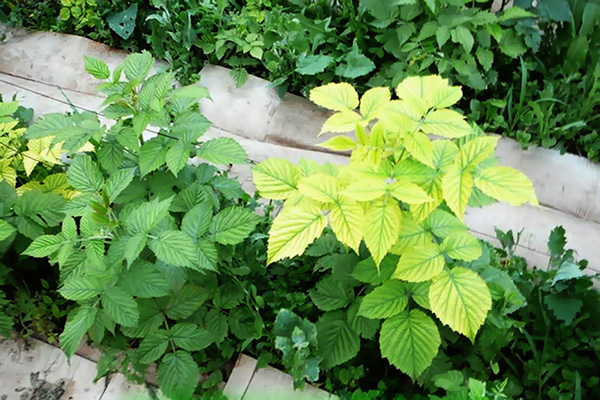
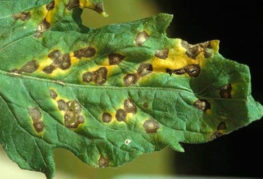


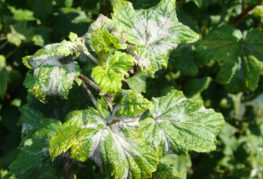
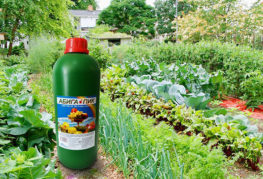

and will be published shortly.